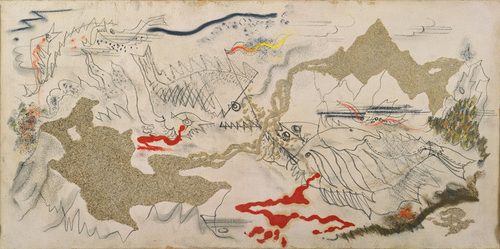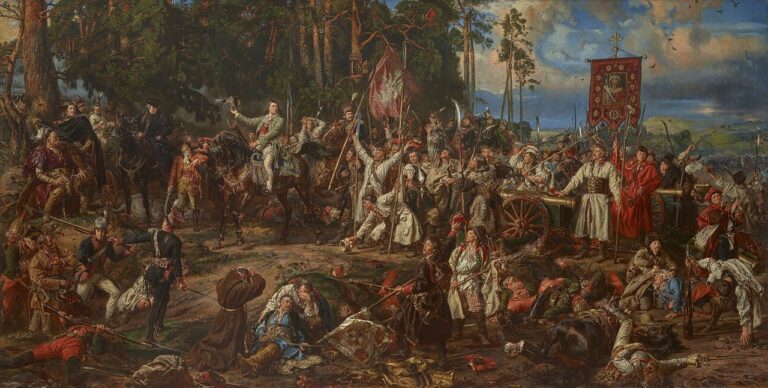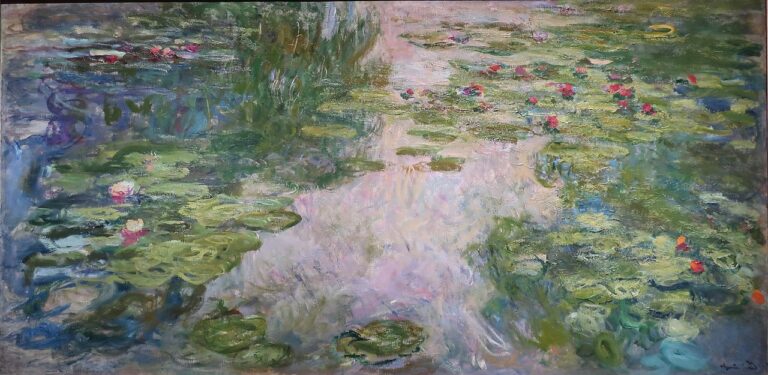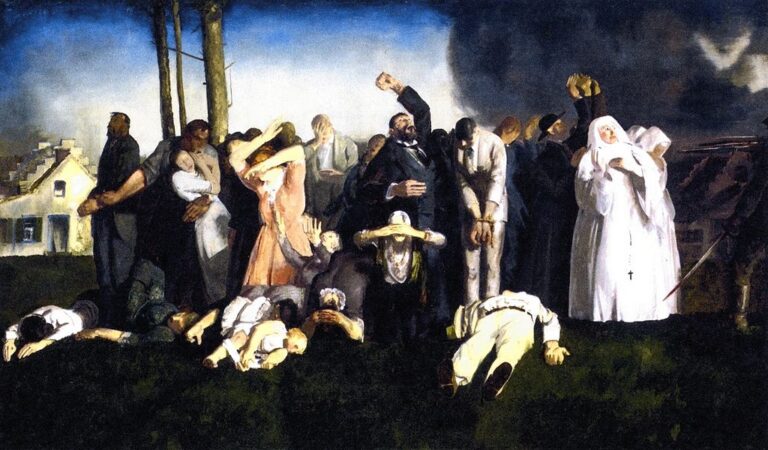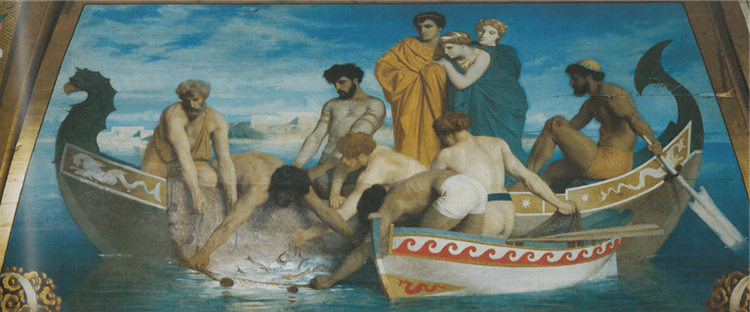Andre Masson Painter: Surrealist Master of Automatic Drawing
Born: 4 January 1896, Balagny-sur-Thérain, France
Death: 28 October 1987, Paris, France
Art Movement: Surrealism
Nationality: French
Teacher: Constant Montald
Institution: Académie Royale des Beaux-Arts, Brussels and École des Beaux-Arts, France
Andre Masson Painter: Surrealist Master of Automatic Drawing
Life and Career of André Masson
André Masson was a French painter who lived through major events of the 20th century. His work played a key role in the Surrealist movement.
Early Life and Education
André Masson was born in 1896 in Balagny-sur-Thérain, Oise, France. At age eight, his family moved to Brussels, Belgium.
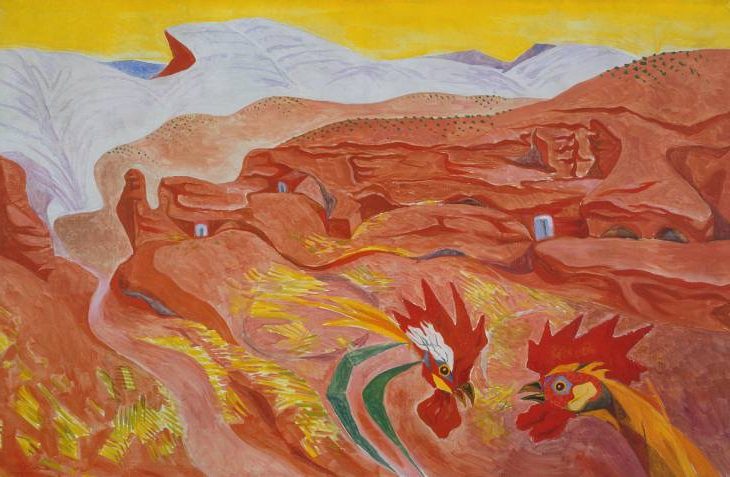
Ibdes in Aragon (1935) by André Masson
Masson showed artistic talent early on. He started studying art at eleven at the Académie Royale des Beaux-Arts in Brussels. His teacher was Constant Montald.
Later, Masson moved to Paris to continue his art education. He studied at the École des Beaux-Arts, a top art school in France.
Service in World War I
Masson fought for France in World War I. This experience had a big impact on him.
He was badly hurt in the war. His injuries were serious and affected him for years after.
The war shaped Masson’s outlook and art. It led to dark themes in his later work.
Paris and Surrealist Movement
After the war, Masson returned to Paris. He became part of the city’s art scene.
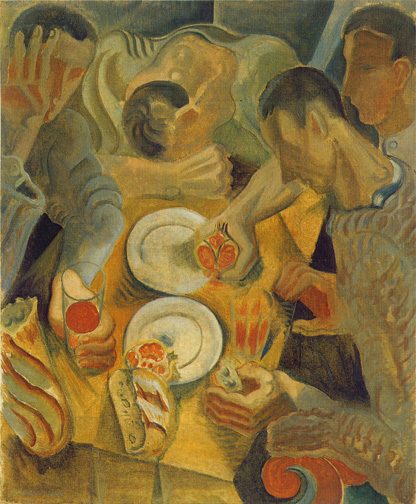
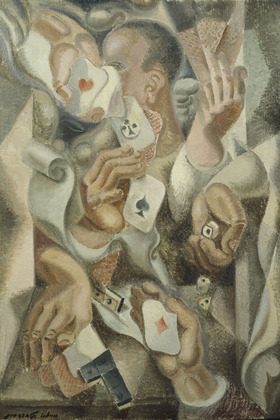
In 1923, art dealer Daniel-Henry Kahnweiler offered Masson a contract. This let Masson focus on art full-time.
Masson joined the Surrealist group in the mid-1920s. André Breton, the group’s leader, noticed Masson’s work.
He became known for automatic drawing. This was a key Surrealist technique.
Exile and Later Years
Masson left France during World War II. He went to the United States.
He lived in New Preston, Connecticut. There, he influenced American artists.
After the war, Masson returned to France. He settled in Aix-en-Provence.
Masson kept making art until late in life. He died in 1987, leaving a large body of work.
Artistic Style and Influence
André Masson was a key figure in Surrealism and Abstract Expressionism. His unique techniques and artistic vision shaped modern art movements and inspired many other artists.

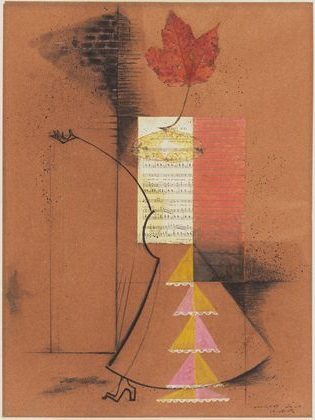
Surrealism and Automatic Drawing
Masson played a big role in Surrealism. He used a method called automatic drawing. This meant drawing without planning. He let his hand move freely on paper. The result was strange shapes and lines. These drawings showed what was in his subconscious mind.
Masson’s art often had dream-like qualities. He mixed real and unreal elements. His paintings had bold colors and fluid forms. These works helped define the Surrealist style in the 1920s and 1930s.
Cubism and Abstract Expressionism
Masson’s work also showed Cubist ideas. He broke down objects into geometric shapes. This made his art more abstract. As time went on, his style became less realistic.
In the 1940s, Masson moved towards Abstract Expressionism. His paintings became more free and energetic. He used bright colors and bold brushstrokes. This new style influenced many American artists.
Influence on Other Artists
Masson’s work had a big impact on modern art. His automatic drawing method inspired Jackson Pollock’s action painting. Pollock used similar ideas to create his famous drip paintings.
Other artists like Joan Miró and Jean Dubuffet were also influenced by Masson. His mix of Surrealism and abstraction opened new paths in art. Many painters used his ideas to create their own unique styles.
Masson’s legacy lives on in modern and contemporary art. His bold experiments with form and technique changed how artists think about painting.
Legacy
André Masson’s impact on modern art continues to be felt today. His innovative techniques and surrealist vision influenced many later artists.


Major Exhibitions and Retrospectives
The Museum of Modern Art in New York held a major Masson retrospective in 1976. This show brought renewed attention to his work. The Reina Sofía National Museum in Madrid hosted a large exhibition of his paintings in 2004.
In 2013, the Guggenheim Museum featured Masson’s work in a show about surrealism. These exhibitions helped cement Masson’s place in art history.
Collections and Recognition
Many top museums own Masson’s paintings. The Tate Gallery in London has several key works. The Museum of Modern Art in New York also holds important pieces.
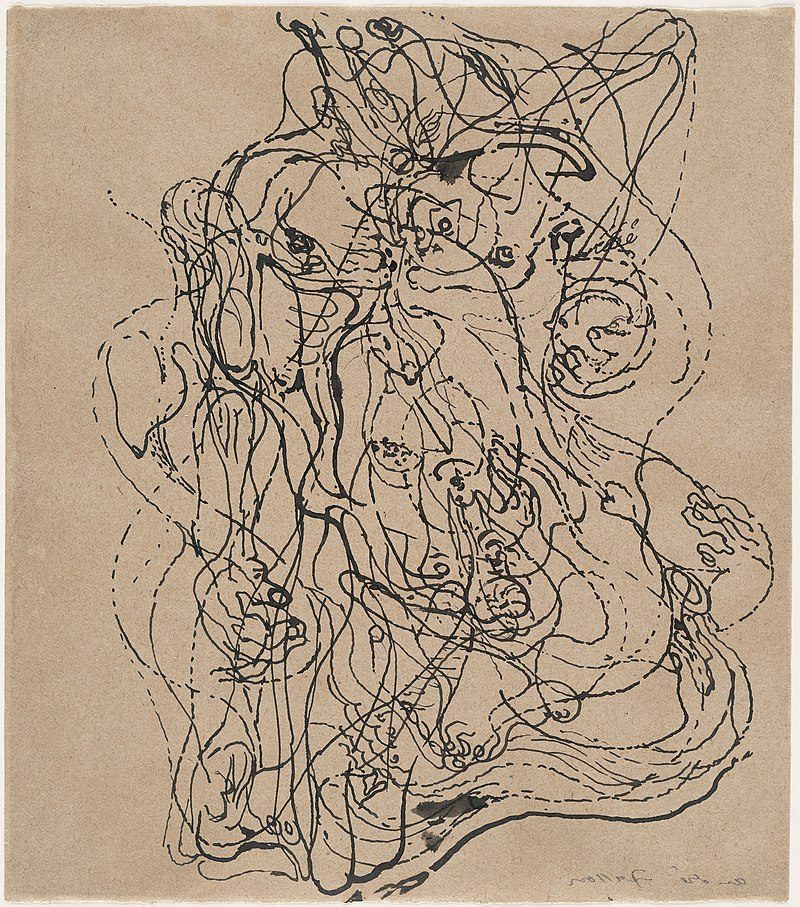
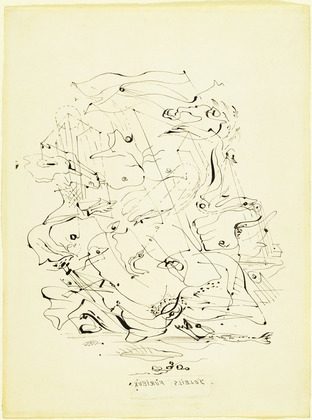
Masson’s art is listed in major artist databases. The Union List of Artist Names includes him as a significant figure. Art historians like Carolyn Lanchner have written about his contributions.
Masson’s ties to writers like Georges Bataille and Antonin Artaud are noted by scholars. His impact on the New York School of painters is also recognized.
Frequently Asked Questions
André Masson’s art and life have sparked curiosity among art enthusiasts. His unique techniques, experiences, and contributions to Surrealism have left a lasting impact on the art world.
What are the characteristics of André Masson’s automatic drawing technique?
Masson’s automatic drawing technique aimed to tap into the subconscious mind. He used quick, unplanned movements to create lines and shapes on paper. This method often resulted in abstract forms and dream-like imagery.
The artist sometimes closed his eyes while drawing to avoid conscious control. He also used sand and glue to add texture to his works.
How did World War I influence André Masson’s art?
World War I had a big impact on Masson’s art. He fought in the war and was badly hurt. This experience led to dark themes in his work.
His art after the war often showed violence and inner turmoil. He used sharp lines and twisted shapes to express his feelings about the war’s horror.
What is the significance of the ‘Gradiva’ theme in Masson’s work?
The ‘Gradiva’ theme comes from a novel by Wilhelm Jensen. It was important to Surrealists like Masson. In his art, Gradiva represents a link between dreams and reality.
Masson painted Gradiva several times. He used her image to explore ideas about desire and the unconscious mind.
Could you explain the themes explored in Masson’s ‘In the Tower of Sleep’?
‘In the Tower of Sleep’ explores dreams and the unconscious. The painting shows strange, twisted forms and symbols. These elements reflect Masson’s interest in the hidden parts of the mind.
The work mixes human and animal shapes. This blend creates a dreamlike scene that is both strange and fascinating.
How has André Masson contributed to the Surrealist movement?
Masson was a key figure in Surrealism. He helped develop automatic drawing, which became a major Surrealist technique. His work inspired many other artists in the movement.
What are some of the major works by André Masson displayed at MoMA?
The Museum of Modern Art (MoMA) in New York has several important Masson works. ‘Battle of Fishes’ is a famous painting that shows his automatic drawing style.
MoMA also displays ‘Pasiphae’, a work that mixes mythology and Surrealism. These pieces show Masson’s skill in creating dream-like scenes and exploring the unconscious mind.

